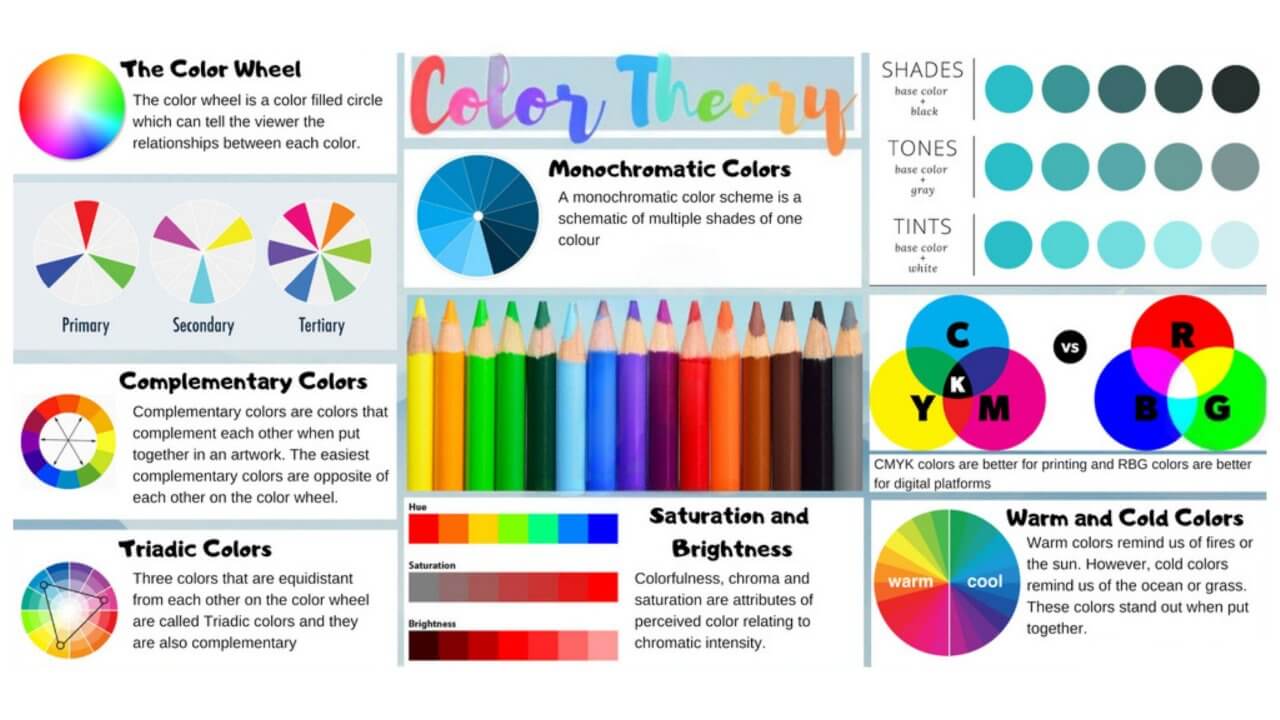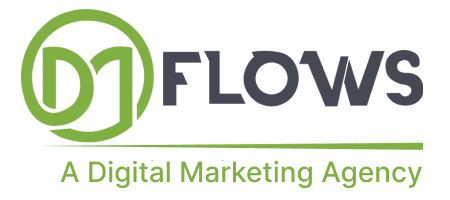Brand Voice Guide
Knowing your brand voice and creating a distinct brand voice makes your business stand out in the market. Successful brands develop distinct identities that connect with audiences on an emotional level, building trust, engagement, and loyalty, That identity is called Brand Voice. But what exactly is brand voice, and how can businesses create and maintain a voice that resonates with their audience? Let’s dive into the essentials of brand voice and learn how to develop one that will make a lasting impact.
What is Brand Voice and How to Create One for Your Business
What is Brand Voice?
Brand voice is the unique personality, tone, and style that a brand consistently uses to communicate with its audience. It reflects the brand’s values, mission, and overall character, and it can be found in every interaction a brand has with its customers—from social media posts and emails to customer support interactions and website copy. Think of brand voice as the way a person would speak if your brand were human. Is it friendly, professional, humorous, or empathetic?
A strong brand voice is essential because it:
- Builds Trust and Recognition: Consistent messaging reassures customers and helps them recognize your brand across various platforms.
- Differentiates from Competitors: A unique voice allows a brand to stand out in a competitive market.
- Enhances Emotional Connection: A well-defined voice that resonates with the audience fosters loyalty and long-term engagement.
- Strengthens Brand Identity: It gives your brand a clear identity, making it easier for customers to relate to you and understand your message.
Why Brand Voice Matters
In today’s marketplace, customers don’t just buy products—they buy experiences. They want to feel a connection to the brands they support. A well-developed brand voice provides that connection by making the brand seem relatable and trustworthy. Whether you’re a startup, a small business, or a major corporation, a cohesive voice that represents your brand’s personality and values will help customers feel aligned with you.
Things To Remember When Creating Your Brand Voice
Creating a brand voice isn’t about randomly choosing a style; it’s a thoughtful process that requires understanding your brand, your audience, and the values you want to communicate. Here’s a step-by-step guide to help you create a brand voice that will set you apart and build a loyal following.
Define Your Brand’s Core Values and Mission
The foundation of your brand voice lies in your brand’s core values and mission. Start by asking yourself:
- What does my brand stand for?
- What are my brand’s core values?
- What is the purpose of my brand?
For example, if your brand’s mission is to promote sustainability, your voice might focus on being caring, responsible, and community-oriented. Knowing your brand’s core values will guide the tone and messaging of your communications.
Understand Your Target Audience
A brand voice will only resonate if it speaks directly to its intended audience. Consider your target demographics, such as age, interests, values, and communication preferences. An audience of young, tech-savvy individuals might appreciate a more casual, playful tone, while a professional audience may prefer a more formal and knowledgeable approach.
Ask yourself:
- Who am I speaking to?
- What language, tone, and style will appeal to my audience?
- What values do they care about?
Understanding your audience’s preferences will allow you to shape a brand voice that feels authentic and relevant to them. It’s always better to know your Ideal Customer Profile (ICP) a.k.a Customer Persona.
Identify Your Brand’s Personality
The next step in developing a brand voice is to pinpoint your brand’s personality traits. Imagine your brand as a person—how would it interact with others? Some common personality traits brands adopt include:
- Friendly and approachable: Helpful, informal, and upbeat.
- Professional and knowledgeable: Trustworthy, sophisticated, and reliable.
- Fun and quirky: Playful, humorous, and unique.
- Caring and empathetic: Sensitive, supportive, and kind.
Once you determine the key characteristics, make a list of adjectives that best describe your brand’s personality. These adjectives will serve as a reference point for creating content that stays true to your voice.
Choose Your Tone and Style
The tone of your brand voice refers to how you deliver your message. It should align with your brand personality but can vary depending on context and medium. Tone can be serious, humorous, empathetic, or even sarcastic, depending on the desired effect.
For example:
- On social media: The tone might be more casual and interactive, with a conversational style that feels relatable.
- On your website: The tone might be more informative and professional, focusing on clarity and credibility.
- In customer service emails: The tone could be empathetic and helpful, ensuring the customer feels valued and understood.
While tone can vary, the underlying personality of the brand should remain consistent. A playful brand can still maintain a friendly voice even in formal contexts, while a professional brand can add warmth without losing credibility.
Apply Color Theory to Enhance Brand Voice

Understanding Colors:
- Warm Colors: Red, orange, and yellow can convey excitement, friendliness, and warmth—ideal for energetic brands.
- Cool Colors: Blue, green, and purple evoke calm, trust, and sophistication, suitable for professional and calming brands.
- Neutral Colors: Black, white, gray, and beige provide balance, can be sophisticated or modern, and work well as supporting colors.
Key Colors and Their Emotional Triggers:
- Red: Passion, excitement, urgency (often for brands that are bold and engaging).
- Blue: Trust, dependability, calm (great for tech, finance, and healthcare)
- Yellow: Optimism, clarity, warmth (good for friendly and inviting brands)
- Green: Growth, health, peace (ideal for eco-friendly, wellness brands)
- Black: Power, luxury, sophistication (perfect for high-end brands)
Choose Your Brand Colors
- Primary color: This is your dominant color, representing your brand’s core identity.
- Accent colors: These complement your primary color and help reinforce your brand voice.
- Neutral colors: Use for balance and readability in text, backgrounds, or logos.
Develop a Brand Voice Chart
A brand voice chart is a helpful tool for documenting the key aspects of your voice. It should include:
- Voice Description: A short overview of your brand’s personality and tone.
- Key Traits: The main characteristics that describe your voice (e.g., friendly, professional, witty).
- Do’s and Don’ts: Guidelines on what language, style, and tone to use (and avoid) to maintain consistency.
For instance:
| Trait | Description | Do’s | Don’ts |
|---|---|---|---|
| Friendly | Warm and approachable | Use casual language | Avoid overly formal language |
| Professional | Knowledgeable and respectful | Use industry-specific terms | Avoid slang |
| Empathetic | Supportive and understanding | Show concern and offer help | Don’t be dismissive or cold |
| Fun | Light-hearted and playful | Use humor where appropriate | Avoid anything offensive |
Test and Gather Feedback
Once you’ve developed your brand voice, test it out on your audience. Gather feedback through surveys, social media, and direct interactions with customers. Ask questions like:
- Does this sound like us?
- Does this resonate with our audience?
- Are we consistent across platforms?
Customer feedback can offer valuable insights into how well your brand voice resonates and whether adjustments are needed. It’s crucial to listen to your audience, as their perception will ultimately determine the success of your brand voice.
Be Consistent and Refine Over Time
Consistency is key when it comes to maintaining your brand voice. Every post, email, blog, and ad should sound like it’s coming from the same person, regardless of who is behind the keyboard. Consistency fosters familiarity and trust, helping customers feel connected to your brand.
However, it’s also important to remain adaptable. As your brand and audience evolve, your voice may need to be adjusted. Periodically review your brand voice to ensure it aligns with the changing dynamics of your business and market.

Examples of Strong Brand Voices
- Apple: Known for its minimalist, direct, and slightly inspirational tone. Apple’s brand voice is simple yet powerful, focusing on quality and innovation.
- Nike: Famous for its motivational, bold, and sometimes edgy tone. Nike’s brand voice is action-oriented and focuses on empowerment.
- Mailchimp: Combines friendliness and professionalism with a touch of humor. Mailchimp’s brand voice feels supportive and approachable, ideal for its audience of small businesses and entrepreneurs.
Final Thoughts
Crafting a brand voice takes time and thoughtful consideration, but it’s one of the most impactful steps you can take to create a strong, recognizable identity. A well-defined brand voice will help you build meaningful relationships with your customers and set you apart from competitors. By following the steps outlined above—defining your values, understanding your audience, and consistently refining your approach—you’ll be able to develop a brand voice that speaks directly to your audience and strengthens your brand’s presence.
Remember, your brand voice is more than just words—it’s an expression of who you are and what you stand for. Make it memorable, make it genuine, and make it count.






